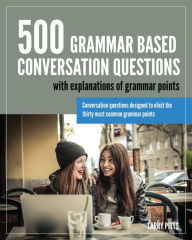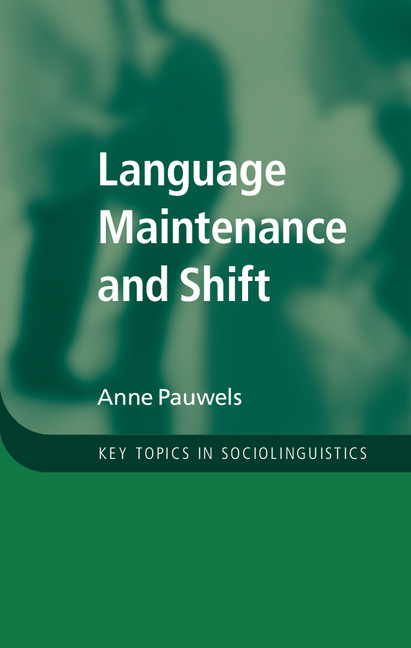Issues in the Structure of Arabic Clauses and Words
by A. Fassi Fehri
2020-09-19 11:09:56
Issues in the Structure of Arabic Clauses and Words
by A. Fassi Fehri
2020-09-19 11:09:56
The goals of this study are twofold. First, it investigates the internal structure of words and clauses in Standard Arabic (SA), in the light of recent developments of Government and Binding Theory (GB). Second, it argues for a specific theory of ...
Read more
The goals of this study are twofold. First, it investigates the internal structure of words and clauses in Standard Arabic (SA), in the light of recent developments of Government and Binding Theory (GB). Second, it argues for a specific theory of typological variation. SA morphology is essentially non-concatenative, but word formation is hierarchical. Unmarked word order is VS(O), but it alternates with SVO. Sentences are verbless as well as verbal. Arguments can be null. The rich and complex agreement system interacts significantly with word order, pronominal incorporation, and expletive structures. SA''s productive Case system raises interesting issues for Case theory. The DP system exhibits intriguing complementary distributions between overt determiners, genitive complements, and possessive markers. Tense, Aspect, Modal, and negation properties interact in significant ways. Different Case checking strategies are licensed in the same functional domain. These descriptive ingredients, compared to those of Germanic and Romance in particular, provide new grounds for analyzing typologically related or non-related languages. Within the invariant system of principles and the set of parameter specifications provided by Universal Grammar, the burden of learning is placed on functional categories. A system of Multi-Valued Functional Parametrization is used to account for cross-linguistic variation. The focus of SA''s `own'' descriptive problems turns out to raise interesting comparative and theoretical questions. Issues are framed within the GB model, but unnecessary technicalities are avoided. The book is accessible to linguists and students broadly interested in general, Semitic, and Arabic linguistics, in addition to those concerned with the development of the GB field.
Less






.jpg)






















